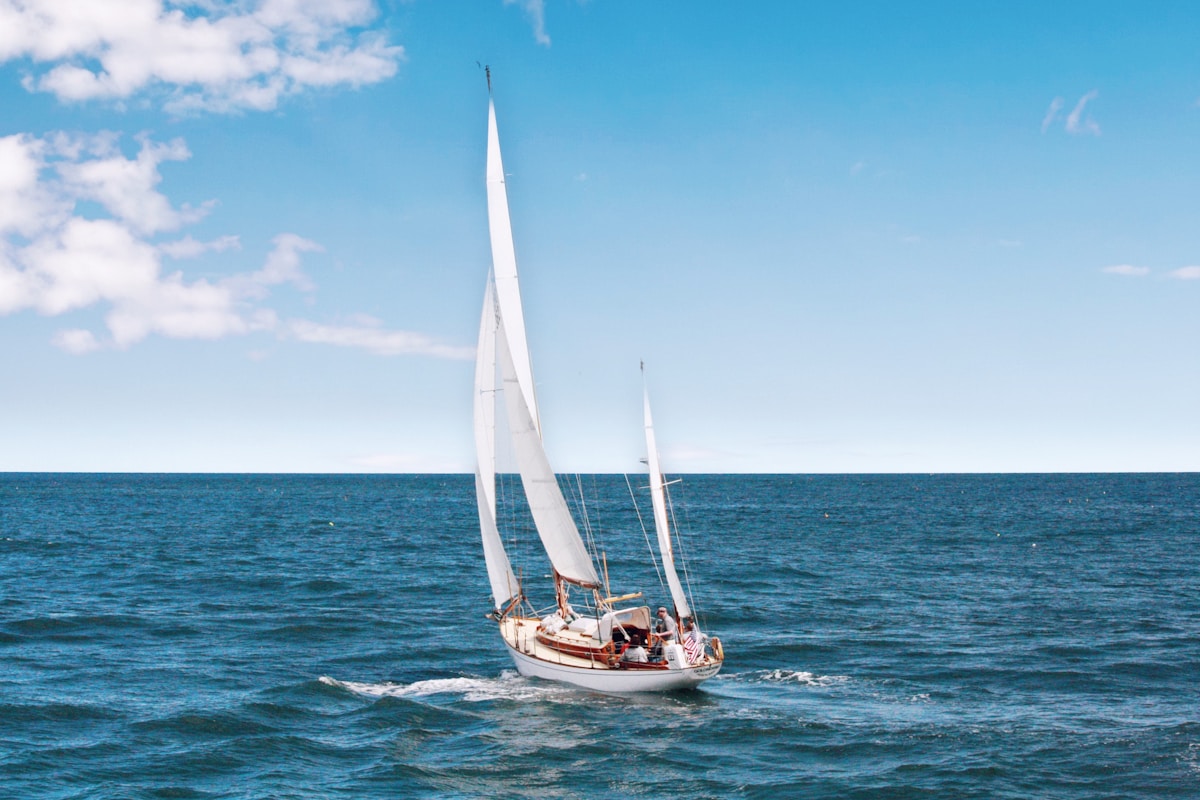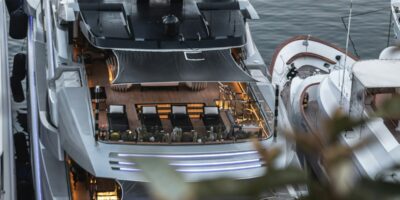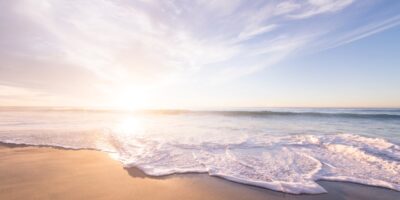Boats for Long Distance Travel
Boats for Long Distance Travel
Traveling long distances by boat can be an exciting adventure. Boats allow exploration of remote and exotic locations. They offer the freedom to reach places that planes and cars cannot. Long-distance travel by boat requires selecting the right vessel. The choice depends on several factors, including the type of journey, budget, and personal preferences.

Sailboats
Sailboats are popular for long-distance travel due to their reliability over centuries. Modern sailboats come equipped with advanced navigation systems and comfortable living quarters. They use wind power, making them cost-effective for long trips. Sailing requires knowledge and skill, but there are many courses available to learn. With solar panels and water-makers, sailboats can stay at sea for extended periods.
Motor Yachts
Motor yachts provide speed and comfort. They are ideal for those who prioritize convenience and luxury. These boats are equipped with powerful engines, allowing them to cover vast distances quickly. They often include spacious living areas, with amenities like kitchens, bathrooms, and sleeping quarters. They require access to fuel, which limits their range compared to sailboats.
Catamarans
Catamarans are dual-hull vessels known for their stability and spaciousness. They appeal to travelers prioritizing comfort and space. Dual hulls provide a smoother ride and greater resistance to capsizing. Catamarans usually have more living space and storage, which makes them suitable for families or larger groups. They can sail or motor and are versatile for various conditions.
Expedition Yachts
Expedition yachts or explorer yachts are designed for robust, long-range journeys. They are equipped to navigate challenging waters, including polar regions. These vessels have reinforced hulls and advanced navigational systems. They have large storage capacities for provisions and fuel. Expedition yachts provide durability and safety for adventurous travelers.
Trimarans
Trimarans consist of a main hull and two smaller outrigger hulls. They are known for their speed and stability. The design offers less water resistance, making them faster than traditional monohull boats. Trimarans are light and agile, suitable for navigating tight areas. They are increasingly popular for racing and recreational cruising.
Trawlers
Trawlers are motorized vessels favored for their fuel efficiency and range. Their design includes a displacement hull, allowing them to cruise at slow, steady speeds for long distances. Trawlers have spacious interiors for comfortable living. They suit those who enjoy a leisurely pace and have time to spare. Trawlers often include amenities similar to those found in homes.
Key Features of Long-Distance Boats
Navigation Systems
Modern long-distance boats come with state-of-the-art navigation systems. GPS, radar, and autopilot features are essential for safe travel. These systems provide real-time information on location, weather, and sea conditions. Autopilot allows for less manual handling, making long journeys less demanding.
Communication Equipment
Reliable communication equipment is vital for long-distance boating. VHF radios, satellite phones, and AIS (Automatic Identification System) ensure constant contact with other vessels and emergency services. Staying connected is crucial for safety and information sharing.
Safety Equipment
Safety is paramount when traveling long distances by boat. Essential safety equipment includes life jackets, EPIRBs (Emergency Position Indicating Radio Beacons), and life rafts. First aid kits and fire extinguishers are also necessary. Regular drills and maintenance of safety gear are essential.
Self-Sufficiency Features
Long-distance boats need to be self-sufficient. Solar panels and wind generators provide renewable energy. Water-makers turn seawater into drinking water. Ample storage for food, fuel, and spare parts ensures independence from onshore supplies. Self-sufficiency adds to the resilience of the vessel for extended trips.
Comfort and Living Quarters
Comfort is important for long journeys. Modern boats feature well-designed living quarters. Cabins, kitchens, and bathrooms ensure a pleasant travel experience. Ergonomic seating and sleeping arrangements contribute to the crew’s comfort and health. Proper ventilation and insulation are crucial for all-weather travel.
Maintenance and Durability
Long-distance boats must be durable and easy to maintain. Materials like fiberglass and aluminum are common for their strength and low maintenance. Regular inspections and maintenance routines are essential to keep the boat in top condition. Durable boats withstand harsh marine environments better.
Preparation for Long-Distance Travel
Training and Skill Development
Training is key for long-distance boating. Courses in navigation, weather forecasting, and emergency procedures are beneficial. Learning boat handling and maintenance skills improves safety and confidence. Hands-on experience through shorter trips helps build competence.
Route Planning
Planning the route is critical for long-distance travel. It involves studying charts, weather patterns, and potential hazards. Identifying safe harbors and refueling points along the way is essential. Using route planning software can streamline the process. Flexibility to adapt the route based on changing conditions is important.
Provisioning
Proper provisioning ensures sufficient supplies for the journey. Non-perishable food, clean water, and medical supplies are critical. Storing spare parts and tools for repairs is also important. Planning for waste management and sanitation maintains health and hygiene on board.
Weather and Sea Condition Monitoring
Monitoring weather and sea conditions is vital for safe travel. Using weather forecasting tools and apps helps make informed decisions. Understanding wave, current, and wind patterns is important. Regularly checking updates helps avoid dangerous conditions and plan suitable times for travel.
Legal and Documentation Requirements
Meeting legal and documentation requirements ensures hassle-free travel. This includes having up-to-date vessel registration and insurance. Carrying personal identification and relevant permits is necessary. Familiarizing with maritime laws and regulations of countries along the route is crucial.
Popular Long-Distance Routes
The Caribbean Circumnavigation
This route takes travelers around the Caribbean Sea. It passes through the Windward Islands, Leeward Islands, and Greater Antilles. Crystal-clear waters and tropical islands make it attractive. Plenty of harbors and warm climate make provisioning easier.
The Mediterranean Passage
The Mediterranean Passage is famous for its historical and cultural appeal. It covers regions from the Strait of Gibraltar to the Eastern Mediterranean. Sailors experience diverse cultures, cuisines, and landscapes. Mild weather and numerous marinas provide comfort along the route.
Pacific Crossing
A Pacific Crossing is a more challenging route. It spans from the Americas to Asia or Australia. This trip tests endurance and skill. The journey offers remote islands, wide-open seas, and unique marine life. Careful planning and preparation are crucial due to the vast distances.
The Atlantic Crossing
The Atlantic Crossing, known as the Atlantic Rally for Cruisers (ARC), is popular. It runs from the Canary Islands to the Caribbean. This route is a test of seamanship and planning. The journey offers the thrill of long-distance ocean sailing. It requires a well-prepared boat and crew.
Choosing the Right Boat
Budget
Budget plays a significant role in choosing a boat. Costs include the purchase price, maintenance, and operational expenses. Balancing between initial investment and ongoing costs is essential. Considering the resale value of the boat helps in long-term financial planning.
Experience
Experience level influences the choice of boat. Beginners may prefer easier-to-handle boats with simpler systems. Experienced sailors might opt for performance and advanced features. Choosing a boat that matches skill level enhances safety and enjoyment.
Type of Journey
The type of journey dictates the boat requirements. A leisurely cruise requires different features than an expedition to polar regions. Comfort and amenities are crucial for family trips. Durability and self-sufficiency are key for remote and challenging routes.
Crew Size
Crew size affects the boat choice. Larger groups need more space and amenities. Couples or solo travelers might prefer smaller, more manageable boats. Ensuring enough space for all crew members enhances comfort and safety. Planning for guest accommodation is also a factor.
Maintenance
Maintenance demands vary by boat type. Some boats require frequent upkeep, while others are low-maintenance. Availability of parts and ease of repairs are considerations. A boat that aligns with the owner’s willingness and ability to maintain it is ideal.
Technological Advances
Navigation Technology
Recent advances in navigation technology have revolutionized long-distance sailing. GPS systems, digital charts, and integrated navigation software enhance accuracy. AIS technology improves safety by tracking nearby vessels. Real-time weather updates and routing software optimize travel.
Energy Solutions
Boats now feature advanced energy solutions. Solar panels, wind generators, and hybrid propulsion systems reduce reliance on fossil fuels. Battery technology improvements ensure longer power supply. These solutions support eco-friendly and self-sufficient long-distance travel.
Communication Systems
Improved communication systems keep sailors connected. Satellite phones and internet provide global connectivity. VHF radios remain crucial for short-range communication. Enhanced maritime communication systems improve safety and access to information.
Material Advancements
Boat construction materials have advanced. Fiberglass, carbon fiber, and lightweight composites enhance strength and durability. These materials reduce maintenance and improve performance. They also increase longevity and safety of vessels.
Safety Innovations
Safety innovations have made long-distance boating safer. Modern life rafts and personal flotation devices are more reliable. EPIRBs and PLBs (Personal Locator Beacons) ensure quick emergency response. Enhanced firefighting equipment and first aid kits improve on-board safety.




Subscribe for Updates
Get the latest articles delivered to your inbox.
We respect your privacy. Unsubscribe anytime.